These words of an amateur astronomer from Denmark are also true for viewers in Israel who took impressive pictures during the eclipse. From the eclipse, here are some examples
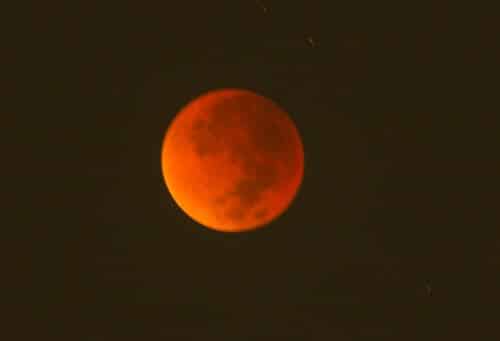
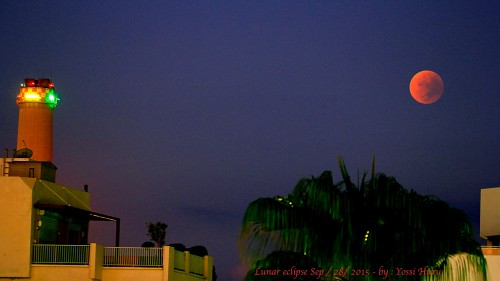
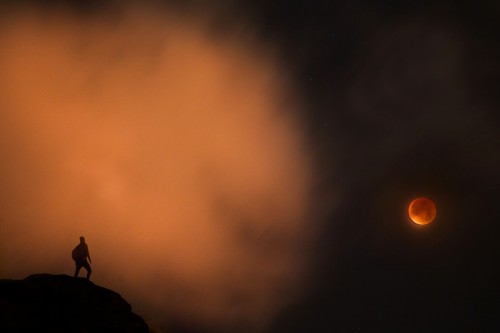
The red moon did not lie tonight" writes Anter Kristiansson, who also took the photo above us, and uploaded it to the Flickr account Of a website UNIVERSE TODAY. Bob King, the website's reporter, says that fortunately in many places the sky was so dark that the moon seemed to hang like a plum in the shadow of the earth.
The darkening of the Earth's shadow was especially felt in the western quarter of the Moon in the great volcanic plain known as the Ocean of Storms (Oceanus Procellarum). This makes sense because this part of the moon was closest to the center of the inner part of the shadow. The plain is also dark relative to the mountains, which reflect sunlight better, which created a kind of ring around the northern rim of the lunar disk.
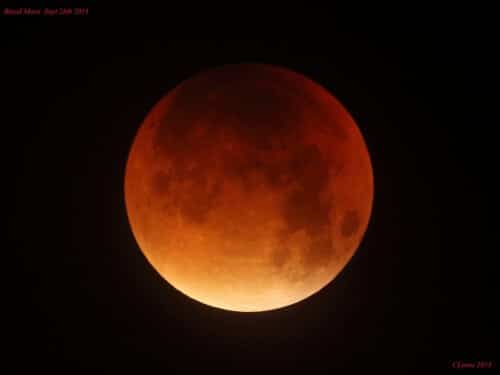
The next time we will be able to see such an eclipse will be on January 31, 2018. Not that there will be no lunar eclipses in 2016-2017, this is required because of the orbital games between the Earth and the Sun, but in these eclipses, such as the one on March 23, 2016, the moon will not pass Through the thick part of the earth's shadow cone but only at the edges of the shadow, and the sun's rays will reach the surface of the moon almost without interruption until in many cases it is not possible to differentiate between such an eclipse known as a penumbral eclipse and just a full moon.
dark eclipse
Can you tell the difference? What is the brightness of the moon during the eclipse according to the dungeon scale? King and his brothers estimate the brightness of the moon at L=2 from two different areas. William Weithoff of Hayard, Wisconsin. All three of these estimates indicate a relatively dark eclipse.
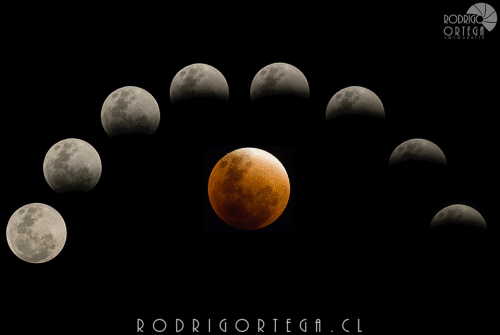
https://www.youtube.com/watch?v=4OxiXFagbKc
More of the topic in Hayadan:
- A simple experiment: watch the total white eclipse tonight, compare it to the scale in the article and report the color of the moon to the scientist who studies the atmosphere of the Earth
- The moon is expected to be especially large during the eclipse on the night of Sukkot (Monday morning)
- You see a white eclipse - from the planet Mercury
- 2,600 years to the first scientific prediction - Thales' solar eclipse

4 תגובות
Why does the moon look whole in all the pictures? Wasn't he supposed to be hidden by the shadow of the earth?
In all the photos from the lunar eclipse that happened yesterday, you see the moon whole and round (reddish, but whole), doesn't "lunar eclipse" mean that part of the moon is supposed to be hidden by the shadow of the earth?
And another question, is there any visual difference between a lunar eclipse and a mid-month moon, which is also known to be incomplete?
Thanks.
Thanks. fixed.
28.9 and not 28.10